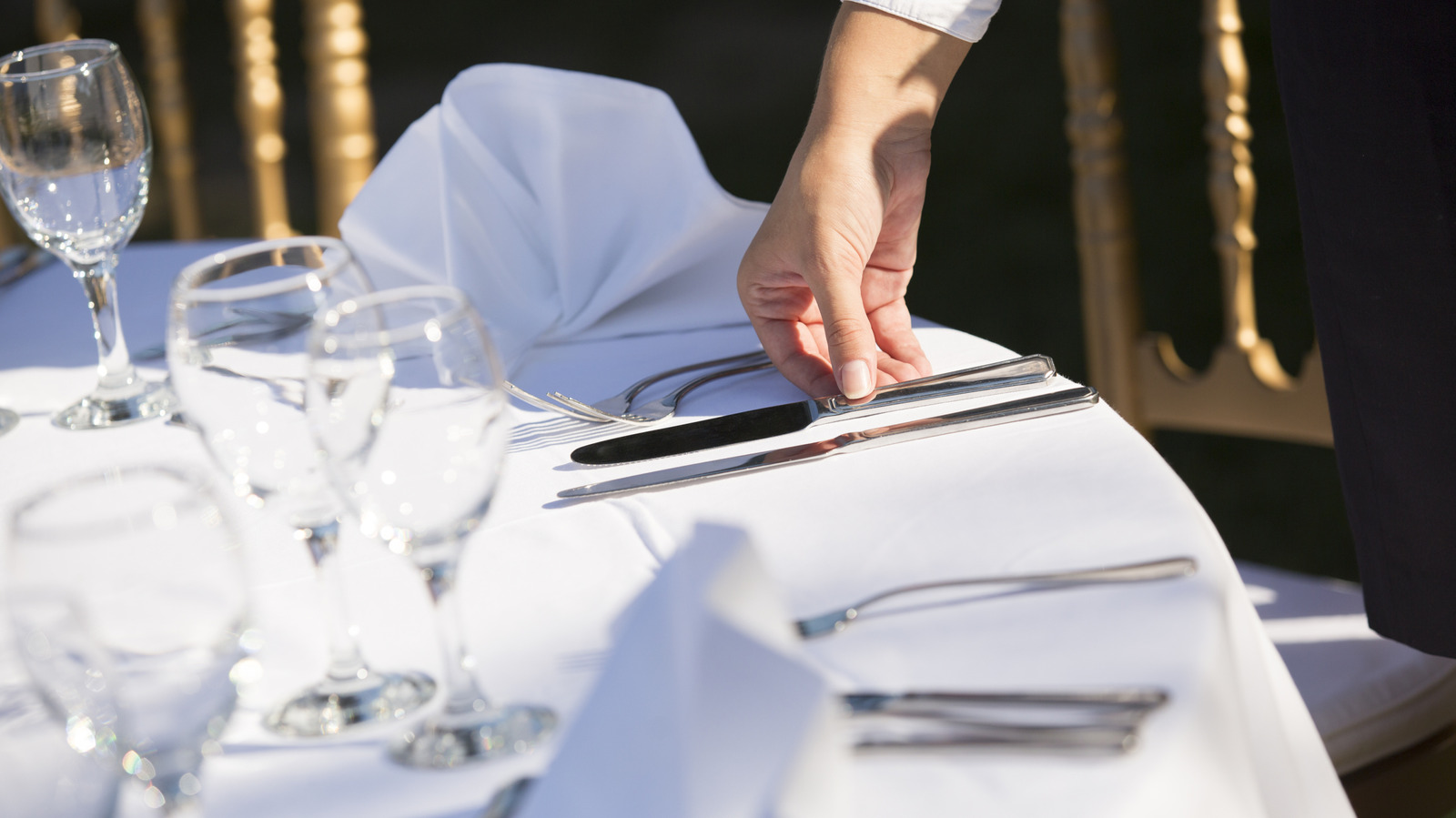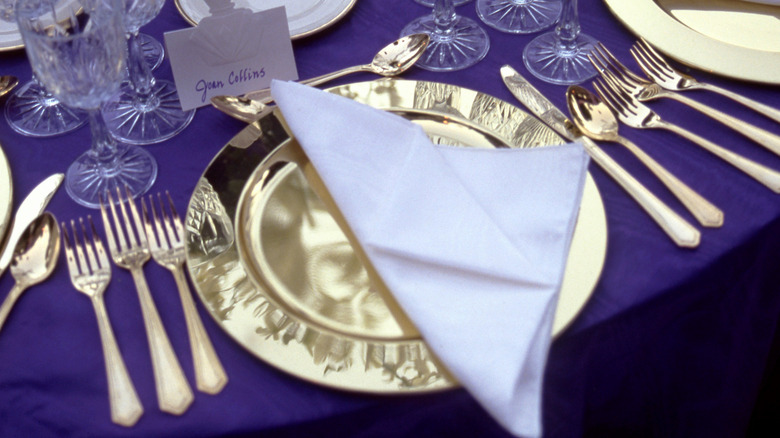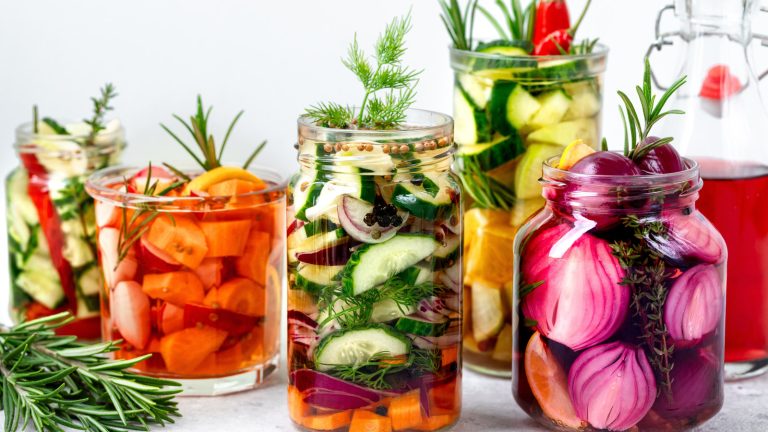The waiter places a plate of glistening oysters onto the white linen tablecloth. When this happens at your local seafood shack, you don’t hesitate. You pick one up by its ridged shells, squeeze a bit of lemon on top, perhaps spoon on a bit of cocktail sauce, and slurp it down, relishing the briny sweet flavor. But, this time, you are in a fine dining restaurant, and you pause, wondering if you are supposed to use one of several forks lined up like soldiers alongside your plate. The answer is absolutely yes, says Nikesha Tannehill Tyson, etiquette expert from the Swann School of Protocol in Shreveport, Louisiana, because if there’s anything you should not do in a fine dining restaurant, it’s eat with your hands. At least, in most cases.
It’s important to know the rules of fine dining you should follow and which to ignore, including how to eat some dishes you may be used to eating more informally at mid-tier and casual restaurants. “Some dishes should absolutely be eaten differently in a fine dining setting, due to the expectations of formality, utensil use, and ambiance,” Tannehill Tyson explains exclusively to Chowhound. The author of the book “Going Public: Culture, Custom, and Class for Social Success” adds, “The goal in fine dining is to minimize finger contact with food, keeping the experience clean and elegant.”
Use a fork and knife even with informal foods like pizza
Nikesha Tannehill Tyson says you use a knife and fork even when eating traditional handheld foods like fried chicken or pizza. Nor should you be tempted to peel and eat the shrimp, she adds, noting you’ll likely be given a seafood fork or other appropriate utensil to extract the meat from the shell. “In fine dining, the principle is refinement. You’re expected to interact with your food in a way that minimizes mess and maintains decorum.”
It is important to remember that etiquette rules differ across the globe. There are parts of the world where it is socially acceptable to eat with your hands, like Southeast Asia, Africa, and the Middle East. There are also some foods you are expected to eat with your hands. Asparagus spears, for example, are considered finger food, especially now that the old rules of asparagus etiquette, calling for the spears to be first cut in half, no longer apply. If you’re unsure of the proper protocol in a formal setting, Tannehill Tyson says, “it’s best to follow the lead of your host or observe how others are eating.” You can also discreetly seek advice from the staff.
That rule applies to some foods even where a fork, at least, is required. If you’re twirling spaghetti, put down that spoon. Twirl the pasta against the side of the plate and, Tannehill Tyson says, “no slurping. please.”






